How Safe Is Scuba Diving?
Scuba Diving is a sport and as with the majority of sports there are safety guidelines and it is important to follow these to eliminate risk.
Here are a few considerations for safe diving.
always teach the fundamentals at Openwater Diver level. These include dealing with buddy separation and DCI. Should you be separated from your buddy then the rule is that you should search for no more than one minute and surface safely. Hopefully, you will be reunited at the surface as your buddy should be doing the same. The key thing here is not to continue to dive alone. If for any reason your buddy does not surface, it could mean that he/she may be in difficulties and if this is the case then time is of essence if a rescue has to take place.
Decompression sickness and illness can occur, but it is highly unlikely. There are certain things that you can do to minimize the risk. One of the major causes of DCS is dehydration, so drink plenty of water and stay hydrated. Diving itself is a dehydrator as is the loss of fluid from the body due to sweating. It is always useful to carry a supply of rehydration salts to aid rehydration. Also be aware of how much alcohol has been consumed the night before a dive and do not consume alcohol prior to a dive or between dives. If you decide to snorkel between dives or immediately after diving then stay on the surface as micro bubbles are in your system and duck diving is like having a “mini” dive. The micro bubbles can be forced into the tissue. The other recommendations are that you do not exercise or have a hot shower immediately afterwards as again this can force micro bubbles into the tissues. Always remember that flying after diving has time guidelines from 12 hours for a single dive and 18 hours for multiple dives. To help eliminate nitrogen in the body it is recommended that a safety stop should be done for a minimum of 3 minutes at 5metres. It is important to be a SAFE diver..slowly ascend from every dive!!
Many dives are conducted from boats, which gives rise to certain safety issues. Divers surfacing should have signaling devices, so that moving boats can see that there are divers below. The most common is the SMB (surface marker buoy) The SMB is normally deployed on the safety stop at 5m. The SMB is sometimes known as a safety sausage and is generally orange in colour. There are two types commonly used, the self sealing and the open ended. It is not necessary to have a forest of SMBs when surfacing, but be close to the person who has it just in case a boat does pass by. Also watch your depth while you are doing your safety stop. Try and maintain 5m and not go shallower. Remember, a boat can pass over you at 5m, but at 3m if you don’t have a signaling device, you may be on a collision course. Engine noise direction is impossible to determine. However, if the noise is getting louder it is approaching you, quieter it is moving away. Wait to surface once you know that it is safe to do so.
If you see your boat underwater should you swim to towards it? The answer is no. Always surface to the side or at the back of the boat and do deploy the SMB. It is important for the crew to see you. If it is a live boat and the boat constantly moves to pick up divers you do not want to be under the boat if the propellers are engaged.
There a variety of signaling devices on the market including strobes, mirrors to name a couple. However, it is highly recommended that as a diver you should have two devices with you, audible and visible. The audible could be something as simple as a whistle that can be attached to the BCD. It is also advisable to carry a cutting tool should entanglement happen. The most common is a small dive knife that again can be attached to the BCD. If you do get entangled remain calm and systematically free yourself with the help of your buddy. Try not to turn around as you may make the situation worse.
Diving is a very safe sport but there is no room for half measures when it comes to safety. The guidelines are there minimize risk and should be followed at all times.
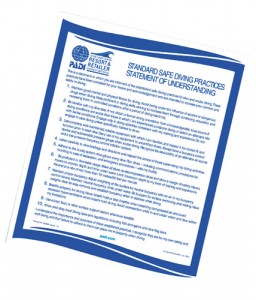
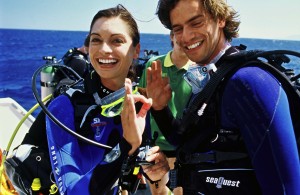
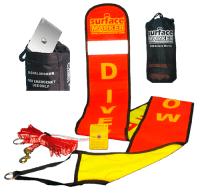
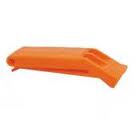
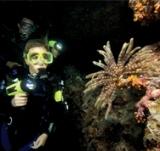
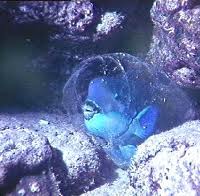
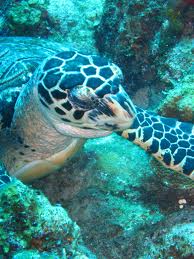
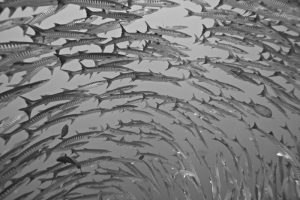
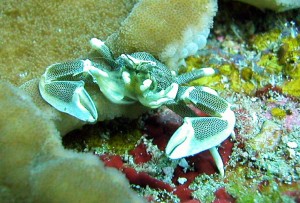








Scubacat Community